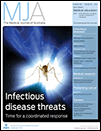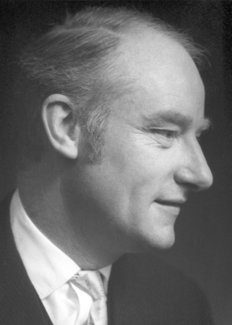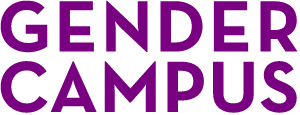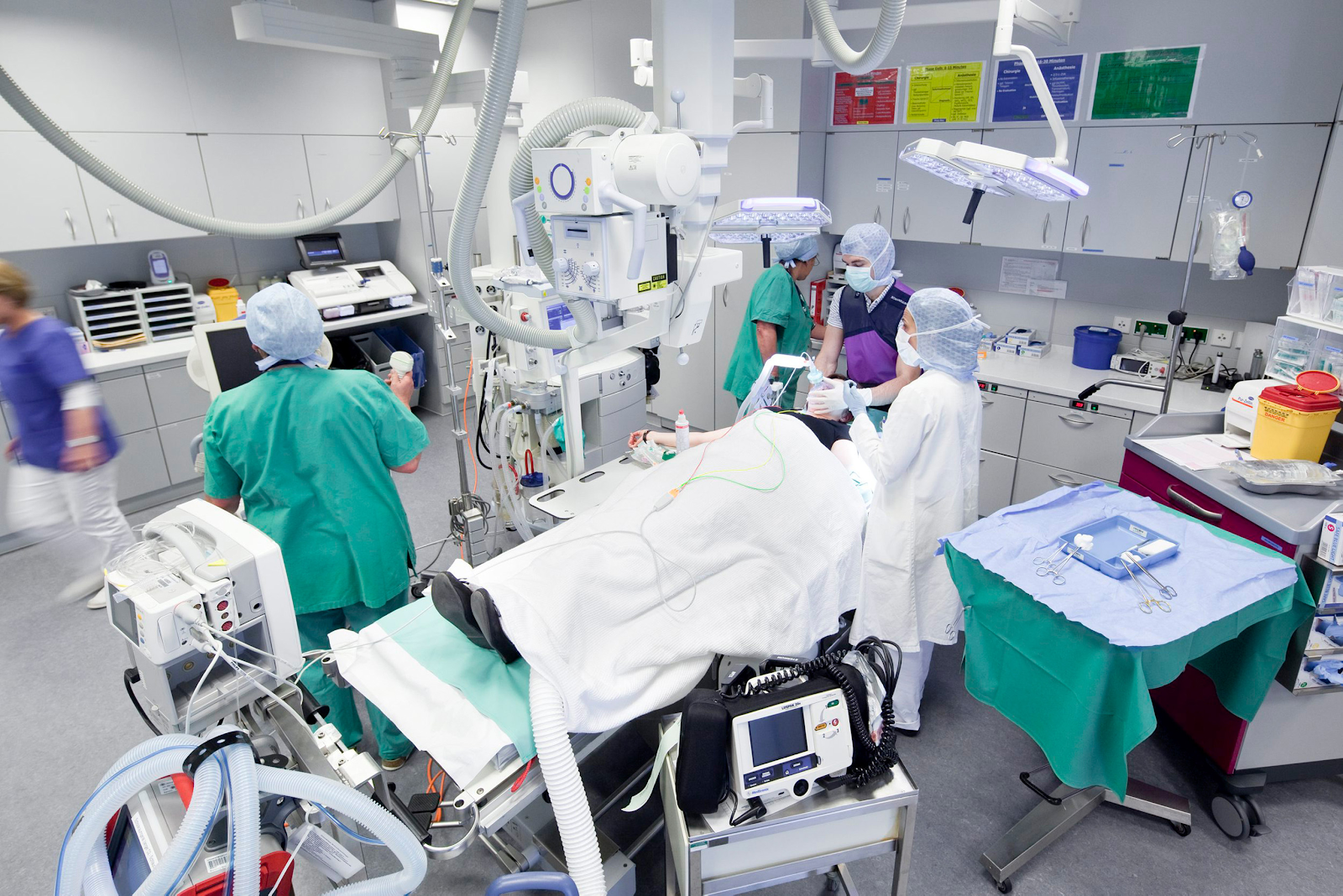Vellore Institute of Technology

Established in 1984, Vellore Institute of Technology is a non-profit private higher-education institution located in the urban setting of the medium city of Vellore (population range of 250,000-499,999 inhabitants), Tamil Nadu. This institution also has a branch campus in Chennai. Officially recognized by the University Grants Commission of India, Vellore Institute of Technology (VIT) is a very large (uniRank enrollment range: 30,000-34,999 students) coeducational Indian higher education institution. Vellore Institute of Technology (VIT) offers courses and programs leading to officially recognized higher education degrees such as bachelor degrees, master degrees, doctorate degrees in several areas of study.














































